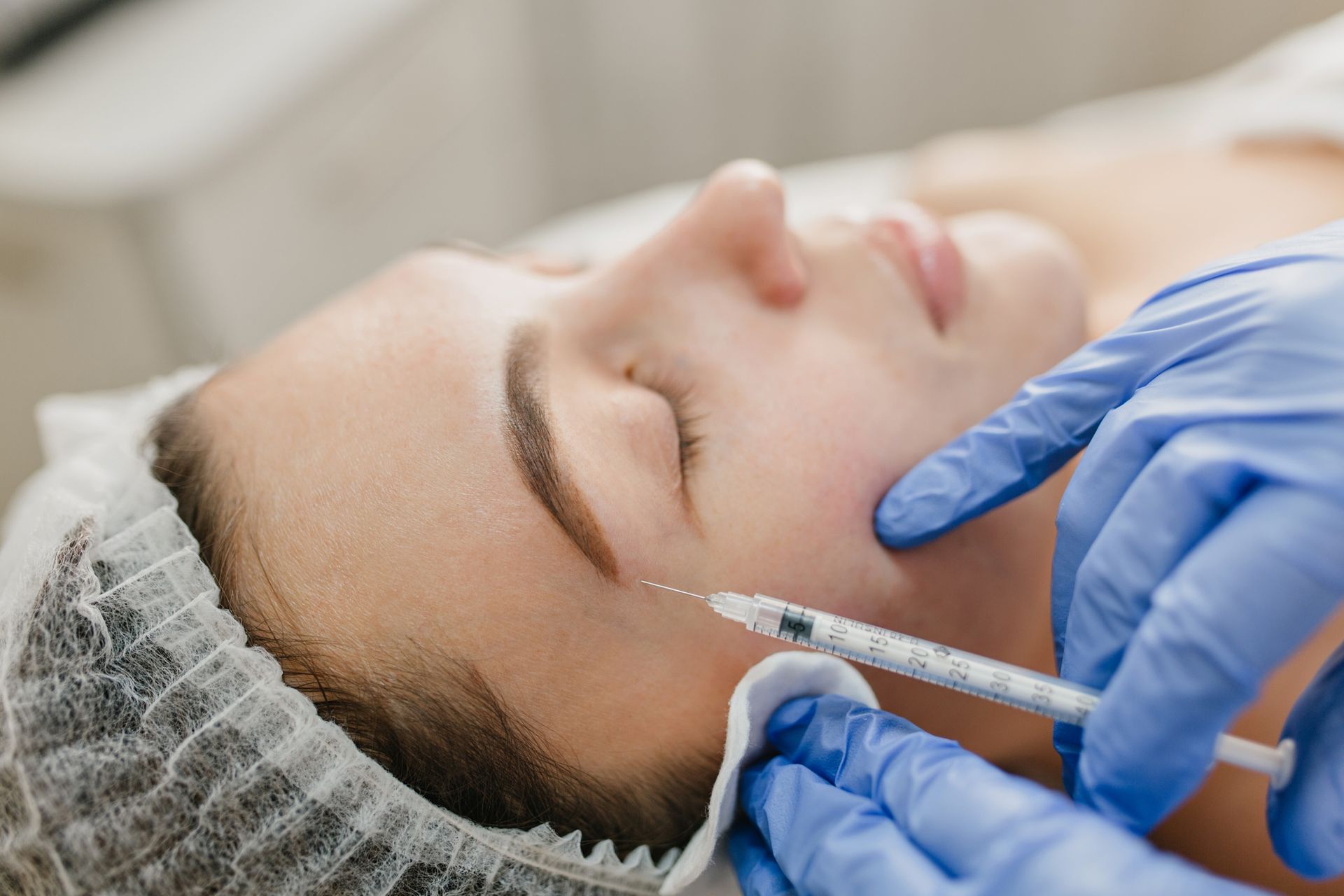Summer-Ready Skin: How PRP/PRF Treatments Regenerate and Renew
As we transition from the cozy confines of winter into the vibrant embrace of summer, many of us are eager to refresh and rejuvenate our appearance. With warmer days and longer nights, our skin becomes more exposed to environmental stressors, and achieving healthy, radiant skin becomes a top priority. At Selah Aesthetics and Wellness, we specialize in regenerative treatments that harness the body’s natural healing processes to revitalize your skin. Among our most effective offerings are PRP (Platelet-Rich Plasma) and PRF (Platelet-Rich Fibrin) treatments. Let's delve into how these innovative therapies can prepare your skin for the summer sun.
Understanding PRP and PRF Treatments
PRP and PRF are cutting-edge treatments that utilize your body’s own platelets—components of your blood that contain growth factors crucial for healing and tissue regeneration. PRP involves extracting a small amount of your blood, processing it to concentrate the platelets, and then injecting the enriched plasma back into your skin. PRF, on the other hand, is an advanced version where the platelets are encased in a fibrin matrix, providing a more sustained release of growth factors for prolonged benefits.
How PRP/PRF Treatments Benefit Your Skin
1. Boost Collagen Production: As we age, collagen production decreases, leading to wrinkles and sagging skin. PRP and PRF stimulate collagen synthesis, enhancing skin elasticity and firmness.
2. Enhance Skin Texture: These treatments are effective in minimizing the appearance of scars, fine lines, and enlarged pores, leading to a smoother skin surface—perfect for that summer glow.
3. Promote Healing: PRP and PRF treatments accelerate the skin’s healing process, making them ideal for those with damaged skin or those looking to recover from other aesthetic procedures.
4. Improved Skin Tone: With increased collagen and cellular turnover, you’ll notice a more even skin tone, helping to diminish the visibility of age spots and sun damage—common concerns during the summer months.
Why Choose PRP/PRF Over Other Treatments?
These treatments offer a natural and safe alternative to synthetic fillers or invasive procedures. Since they use your own blood, the likelihood of allergic reactions is minimized. Furthermore, PRF’s fibrin matrix acts as a soft scaffold that holds platelets at the treatment site longer, ensuring gradual and natural rejuvenation. This slow release of growth factors provides a prolonged healing period, making PRF particularly beneficial for long-lasting results.
Preparing for Your PRP/PRF Treatment
To maximize the effectiveness of your PRP/PRF treatment, it’s important to follow a few guidelines:
- Hydration is Key: Ensure you’re well-hydrated in the days leading up to your appointment. Hydration aids in the quality of the plasma and your skin's recovery process.
- Avoid Anti-Inflammatories: Refrain from taking aspirin or other anti-inflammatory medications unless prescribed by a healthcare provider, as they can interfere with the treatment's efficacy.
- Skincare Routine: Prepare your skin by maintaining a gentle skincare routine and avoiding any harsh products or procedures at least a week before your session.
What to Expect During the Treatment
The entire PRP/PRF procedure typically takes about 60 to 90 minutes. It begins with a simple blood draw, which is then processed to separate the platelets. Once ready, the PRP or PRF is meticulously injected into the target areas using fine needles. The treatment is known for its minimal discomfort and downtime, allowing you to return to your daily activities almost immediately.
Post-Treatment Care and Results
After the procedure, you might experience slight swelling or redness, akin to a mild sunburn. These effects are usually short-lived and can be alleviated with a cold compress. For optimal results, protect your skin from sun exposure by using a high-SPF sunscreen and keeping your skin hydrated.
Results from PRP/PRF treatments gradually become more noticeable within a few weeks, with the full effect appearing in the following months due to the time needed for collagen production. Many of our patients report brighter, more youthful skin that boosts their confidence as they step into summer.
Embrace Summer with Radiant Skin
Don’t let skin concerns hold you back from enjoying the sunshine. At Selah Aesthetics and Wellness, we’re committed to helping you achieve your aesthetic goals through safe and effective treatments. Our experienced medical professionals are here to guide you on your journey to glowing, rejuvenated skin.
Call us today at (706) 810-5525, or visit our website at www.selahaw.com to book your PRP/PRF consultation. Rediscover the confidence to show off your natural beauty this summer. Transform your skin and embrace a radiant you. Your journey to looking and feeling your best starts here.
Share This Blog











